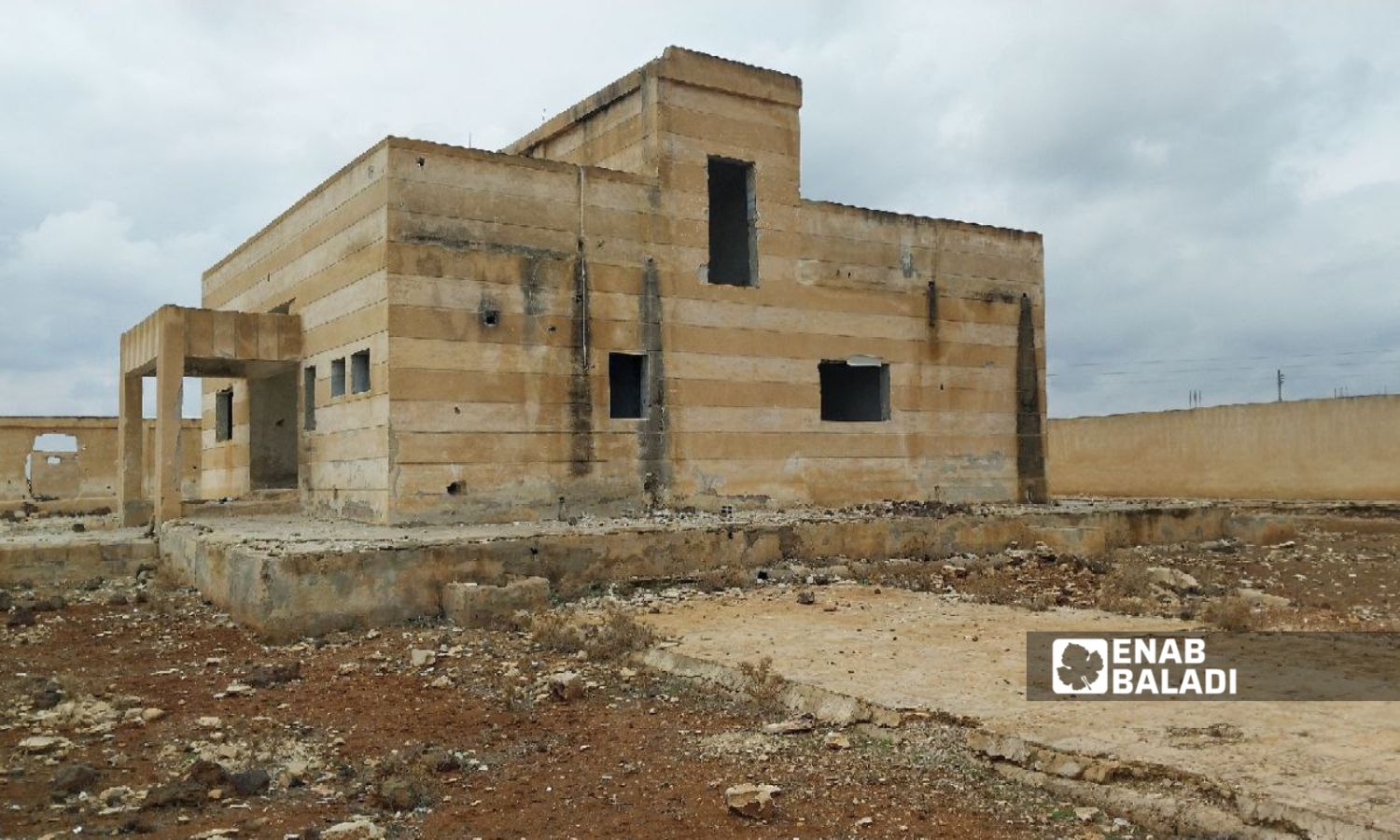



Daraa – Mahjoob al-Hasheesh
On a motorcycle, with a box containing medical supplies and medication behind him, nurse Yasser Saad al-Din roams the al-Lajat area in Daraa, southern Syria, treating patients. He is their best option due to the lack of medical centers, private clinics, and pharmacies in the region.
This deteriorating medical reality has forced residents to travel to the far-off regions of al-Sanamayn, Izraa, and al-Harak, which increases their financial burden due to rising transportation costs.
The al-Lajat area comprises around 50 villages and covers a vast geographical area with over 50,000 inhabitants, and it had one health center that provided medical services to the residents.
After the outbreak of the Syrian revolution in 2011, the previous Syrian regime cut services to this medical center, prompting doctors and nurses to resume work there in 2013, supported by international organizations during the opposition’s control of the region at that time.
After the Syrian regime regained control of the area in 2018, it did not repair the medical center despite the region’s need for it, but instead turned it into a military point.
Nurse Yasser Saad al-Din, the former director of the center, told Enab Baladi that the center served most of the residents of the al-Lajat area and was the only one there.
He added that the center had four doctors, several nurses, a legal midwife, and a pharmacy that provided medicine for free.
After the July 2018 security settlement, the regime turned the center into a military point, and its forces looted its contents and even its furniture, leaving the area without medical services or centers.
Saad al-Din called on international organizations and the interim Damascus government to intervene to restore the health center and establish new medical points in the al-Lajat area or reactivate mobile medical teams.
Dr. Hussein al-Khateeb, the deputy of the acting Minister of Health in the interim Damascus government, told Enab Baladi that the health situation in all Syrian areas suffers from significant decline, but the ministry is making considerable efforts to improve the health reality in cooperation with local and international organizations.
Al-Khateeb added that the Ministry of Health has appointed a new director for Daraa’s health sector and has provided him with instructions to study the regions that lack health services, aiming to expedite the opening of health facilities in those areas to provide the best services.
Regarding the shortage of medical staff, al-Khateeb said the ministry has plans to contract new medical personnel to meet the needs of areas suffering from staff shortages.
Activist Hamza Faheed, residing in the al-Lajat area, told Enab Baladi that the region lacks all health services, which poses a danger to residents’ lives.
He pointed out that the high financial cost of traveling to distant centers leads some to delay treatment, suggesting the restoration of the health center and the activation of another center because of the area’s vastness, or the reactivation of mobile clinics.
Raed Khalifa, a resident of the al-Lajat area, needs approximately 500,000 Syrian pounds (47 USD) for transportation if he wants to treat any family member, as he heads to al-Sanamayn city, which is about 40 kilometers away for medical treatment.
To alleviate the burden of treatment costs for his family members, Khalifa has adopted a solution of buying essential medications and keeping them at home.
Transportation costs escalate depending on the distance, while transport fares in Daraa governorate continue to rise despite the drop in diesel prices, which reached 11,000 Syrian pounds per liter, whereas it previously exceeded 20,000 pounds before the fall of the Assad regime.
By the end of December 2024, the Syrian Ministry of Health developed four-year plans to restore the health sector, which it described as “devastated,” including “emergency, medium-term, and long-term” strategies.
Health institutions in Syria are facing shortages of medical supplies, personnel, and sources of energy such as electricity and fuel.
On December 24, 2024, the World Health Organization (WHO) reported that more than half of the hospitals in Syria are out of service and launched an urgent appeal for 56.4 million USD to meet urgent health needs in the country.
The organization explained in a statement that years of prolonged conflict have led to a paralysis of the health system, and recent developments in Syria since late November 2024, culminating in the ousting of the Assad regime, added new dimensions to the crisis, including population displacement and the return of Syrian refugees from neighboring countries.
if you think the article contain wrong information or you have additional details Send Correction